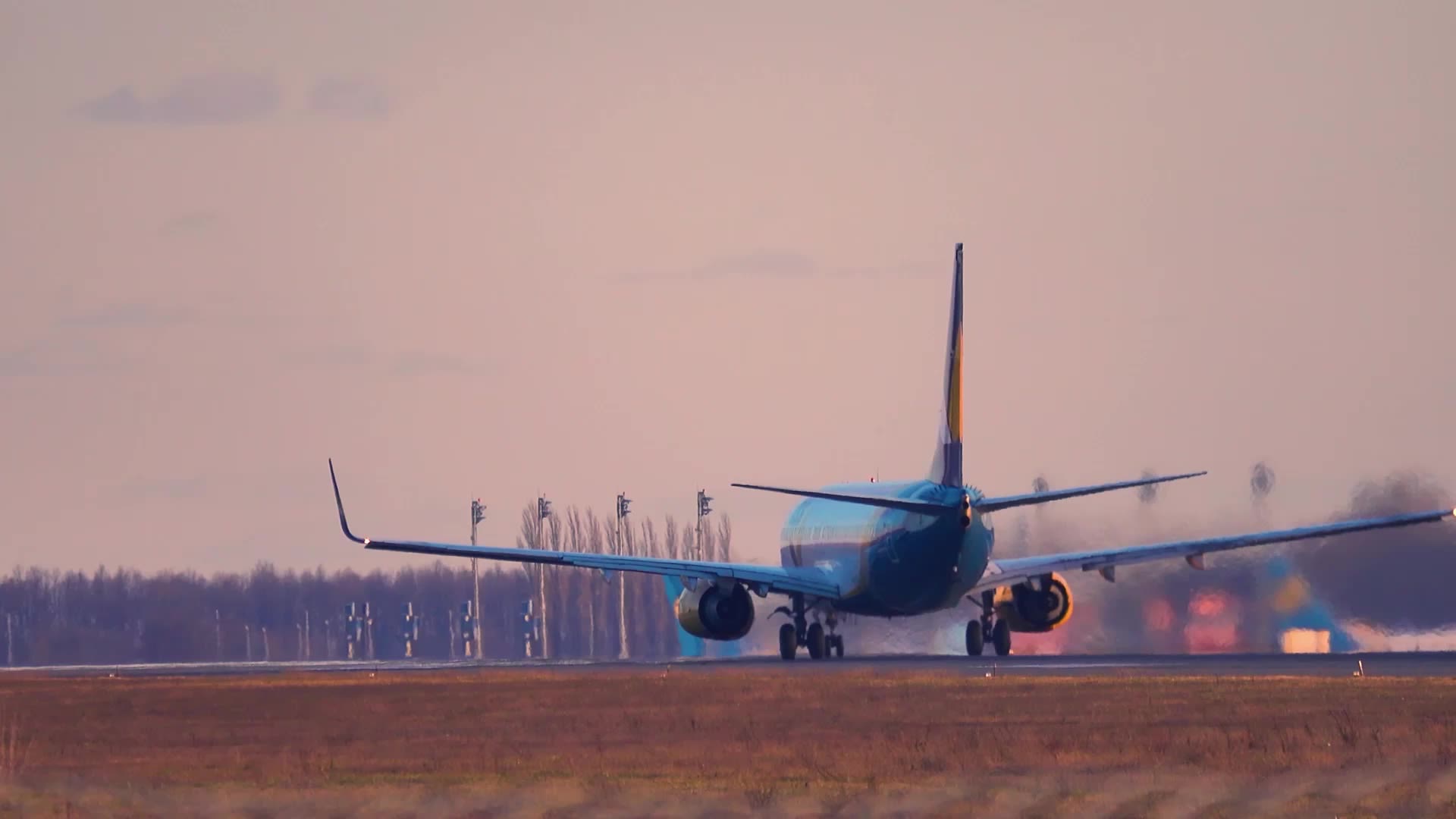State of European Transport 2024
Aviation
Aviation's climate problem: a sector with booming growth, that clean technologies alone won't be able to solve.

Aviation is the most climate-intensive form of transport, emitting large amounts of CO2. It is also the means of transport with the fastest emissions growth.

The sector's plans to continue expanding without decarbonising are incompatible with a warming planet.
Traffic from planes is expected to grow … a lot. This will require enormous amounts of energy, which are not compatible with our warming planet.
To have any chance of seriously reducing the sector’s climate impact and its energy needs, the EU needs to be more ambitious in its plans to decarbonise aviation.
The EU has a plan to reduce the emissions from planes but it does not go far enough to reduce net zero. That’s why T&E proposes three additional pillars that will help reach the final stretch. The key priorities should be:
- Reducing corporate flying by 50% will cut emissions by 32.6 MtCO2 by 2030 in Europe, the same as taking 16 million polluting cars off the road.
- Taxing kerosene and higher ticket taxes are needed to disincentivise unnecessary and cheap flights, and help shift demand to rail, if it becomes a reasonably priced option.
- To unlock the potential for hydrogen and battery aircraft, we need a full-scale industrial strategy matched with ambitious binding regulations.
- To boost investments in green fuels we need more ambitious e-kerosene targets in future revisions of ReFuelEU; more targeted grants and subsidies for e-kerosene; and effective jet fuel taxation and proper accounting of jet fuel emissions under the ETS.
Find out more here:
Sources and methodology
Images and video: Adobe Stock. Scope: EU27.
Historical emissions (until 2021) and aviation fuel consumption are derived from UNFCCC. At the time of the analysis, UNFCCC data for 2022 and 2023 were not made available yet. The EEA proxy is used for 2022, and 2023 emissions are calculated by applying on UNFCCC 2019 emissions the change in emission between 2019 and 2023 from Eurocontrol. 2023 number of passengers are taken from OAG. Number of flights are from Eurocontrol See T&E aviation decarbonisation roadmap for assumptions on projected growth in activity, fuel efficiency, SAF prices and price elasticities. Impact of FF55 is limited to the impact of the SAF mandate and the carbon price from the Emission Trading System, as the Energy Taxation Directive has not been voted upon yet. Learn more about T&E’s vision and modelling in T&E aviation decarbonisation roadmap.
